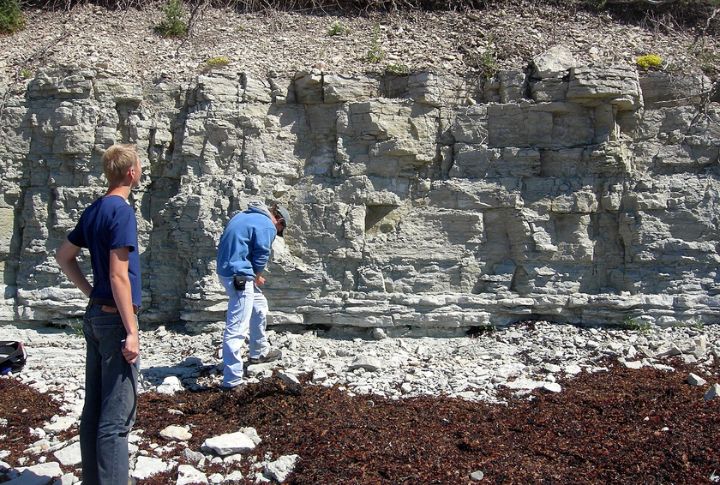
Beneath the quiet soil of Rockwall, Texas, lies a formation that has puzzled scientists and stirred imaginations for generations. Every new discovery brings more questions than answers as stories and studies collide. These ten facts challenge the conventional understanding of geology and mystery, all centered around this strange wall.
Accidental Discovery In The 1850s
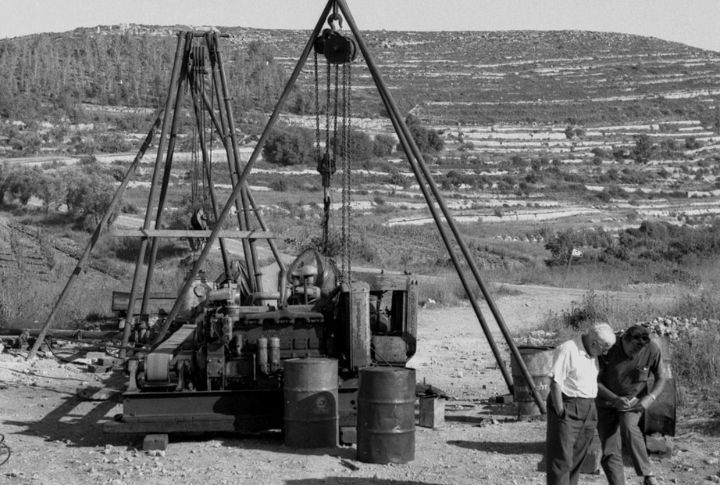
While digging a simple well in the early 1850s, settlers hit something unexpected—rows of buried stone that looked like a man-made wall. That surprise wasn’t just a curiosity. It gave the town and county their name, turning an ordinary dig into a mystery that still lives on.
A Brick Wall Made By Nature?
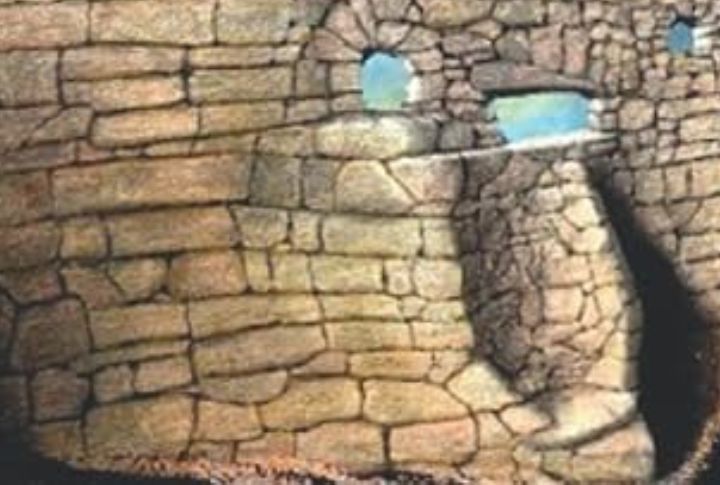
Just imagine walking across a field and hearing there’s a wall buried underneath, made of stone blocks so neatly stacked they look like bricks. The tight rows and smooth joints seem almost too perfect for nature, which is why many still wonder if something or someone else shaped it that way.
Found In Over 10 Different Places
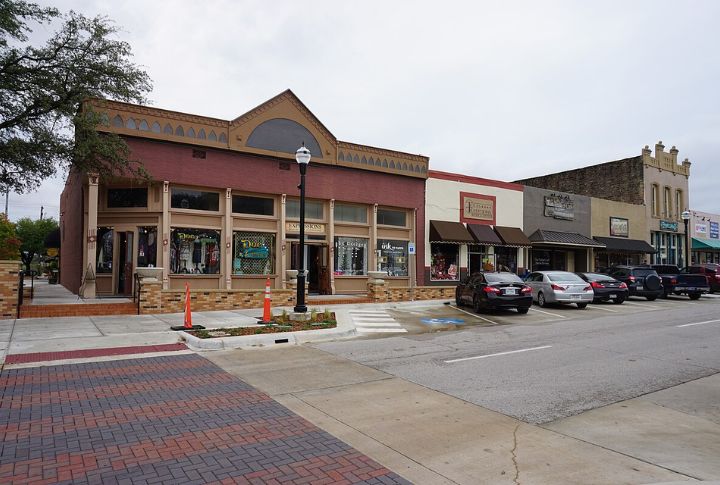
The Rockwall Formation isn’t confined to one location because over ten different sites across Rockwall County have revealed parts of it. Sections turned up near farms and appeared during road construction projects as well. The mystery grew as more pieces surfaced in unexpected places.
Claims Of Massive Depth
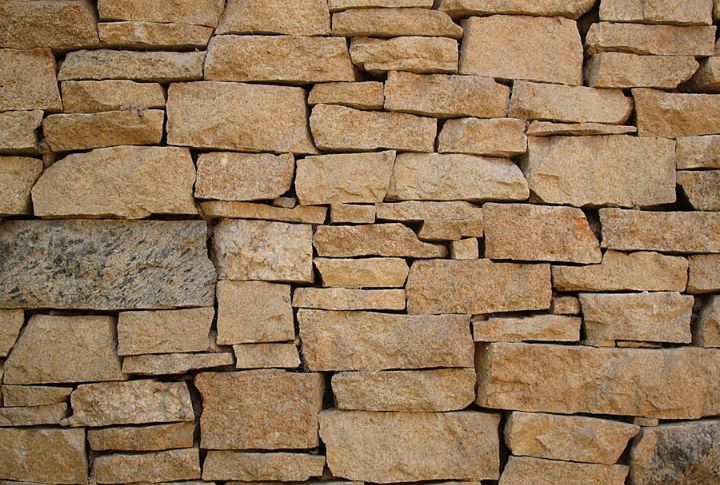
Some say the wall runs for miles or reaches extreme depths, but geological studies show the section of earth containing the sandstone dikes is about 1,200 feet thick. Most exposed sections are much shallower, and the actual full extent of the formation remains unknown.
Geologists Call It A Sandstone Dike
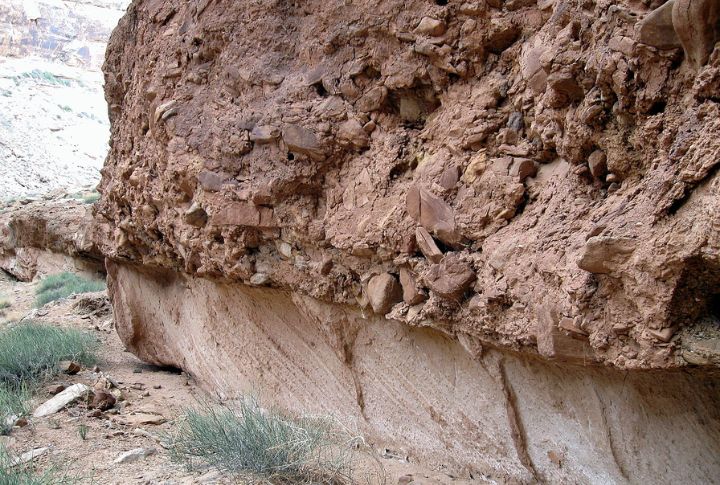
Experts like Dr. Robert T. Hill studied the formation and found no signs of tools or carving. They say it’s a sandstone dike created when ancient cracks in the earth were filled with sand and hardened over time. It might look man-made, even though science tells a different story.
Early Scientists Disagreed Strongly
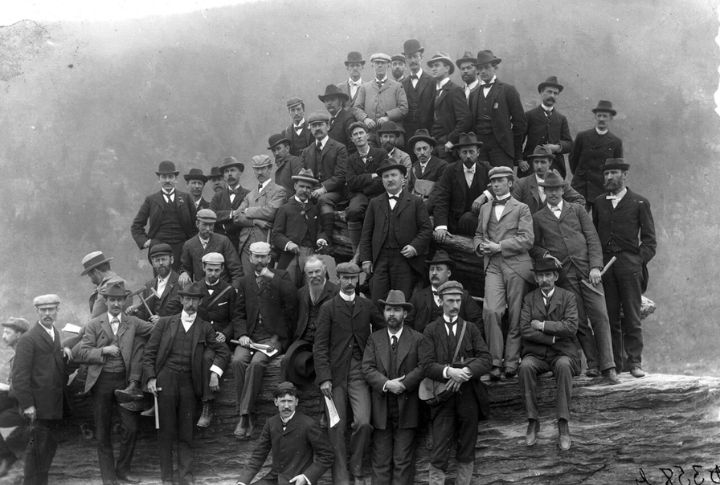
In the early 1900s, even top geologists couldn’t agree on what the wall was. Some thought it came from volcanic activity, while others, like Sidney Paige, believe sediment filled deep cracks to create it. That early split still echoes today, keeping the mystery alive.
Fossils From An Ancient Sea
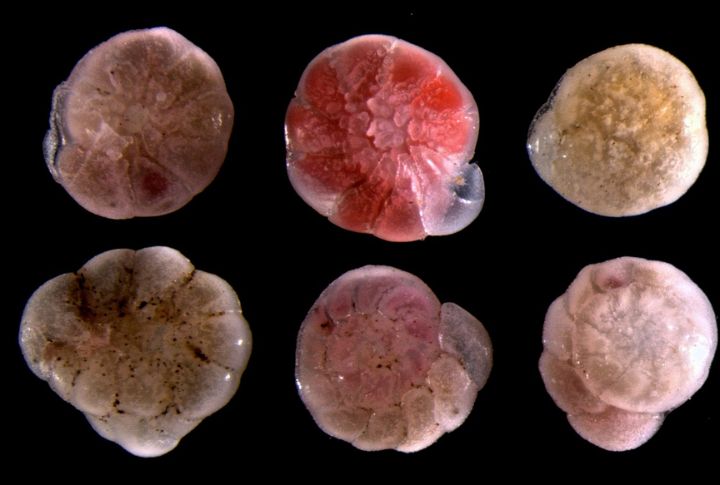
Shell pieces and tiny sea creatures called foraminifera have been found inside the wall. These fossils prove that the structure formed underwater during the Upper Cretaceous period millions of years ago. So, before roads and ranches, this land was covered by a shallow ocean that shaped the rock.
No Clear Shape Or Pattern
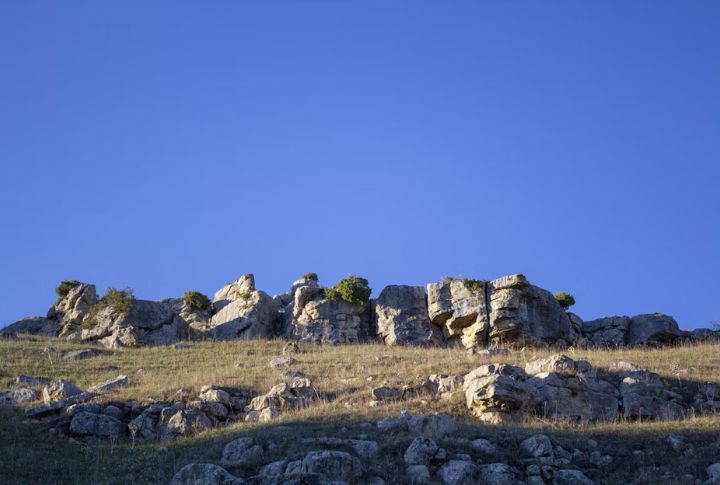
Years of study and mapping still haven’t revealed a complete outline because the uncovered sections refuse to form one structure. Some pieces curve like arches, while others appear as dots or dashes scattered across different sites. Every new finding makes the wall’s true shape harder to guess.
Sometimes, Just Ten Feet Down
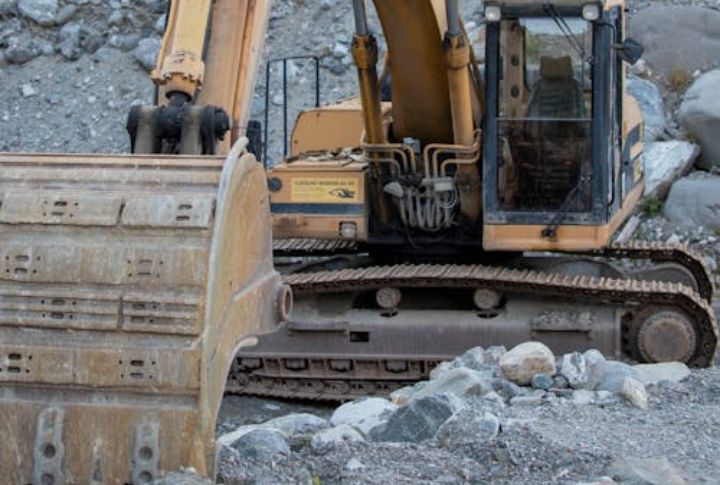
The wall rests only ten feet down in some locations, though in many areas, it is buried much farther. Because of this variation, it often turns up unexpectedly during digging. The inconsistent depth keeps much of it hidden underground.
Still Debated By Locals And Experts
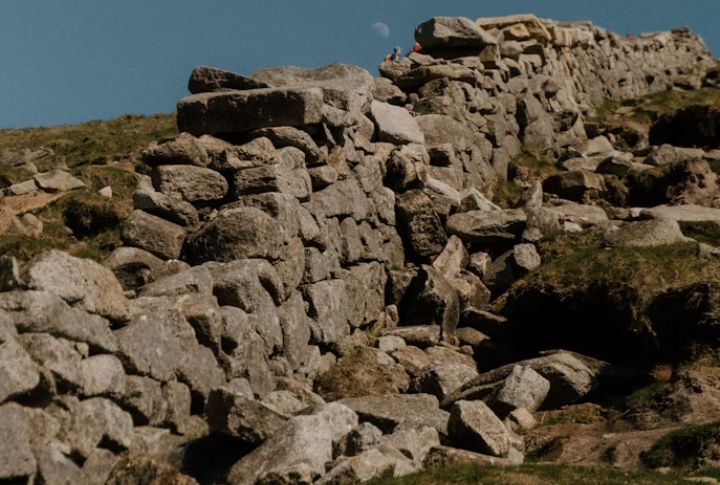
Most scientists agree the formation is natural, yet its clean lines and geometric shapes still spark debate. Theories vary—early human builders top the list, but unconventional ideas continue to surface. The evidence points to geology, though questions remain, and curiosity around its origin refuses to fade.

